Black Mold Abatement Timing and Strategies

Black mold growth accelerates in humid, poorly ventilated indoor environments, making timing crucial for effective abatement.
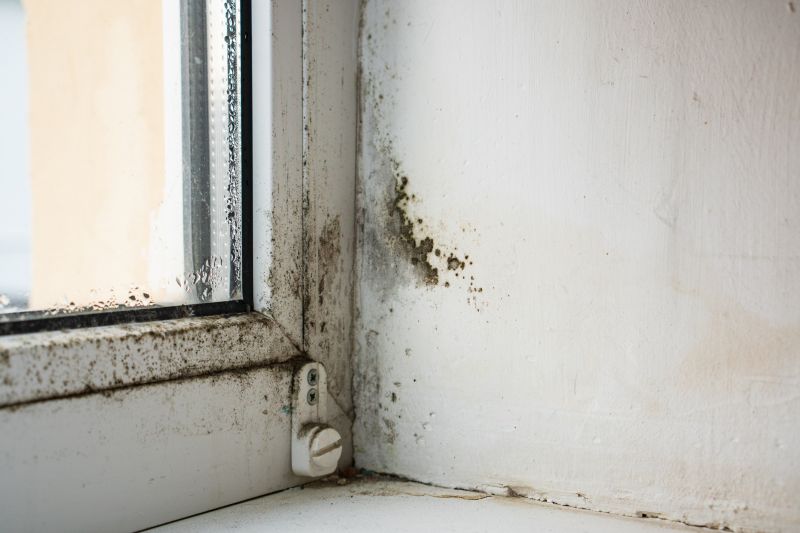
High humidity seasons, such as summer and early fall, increase mold proliferation, suggesting treatment before these periods.
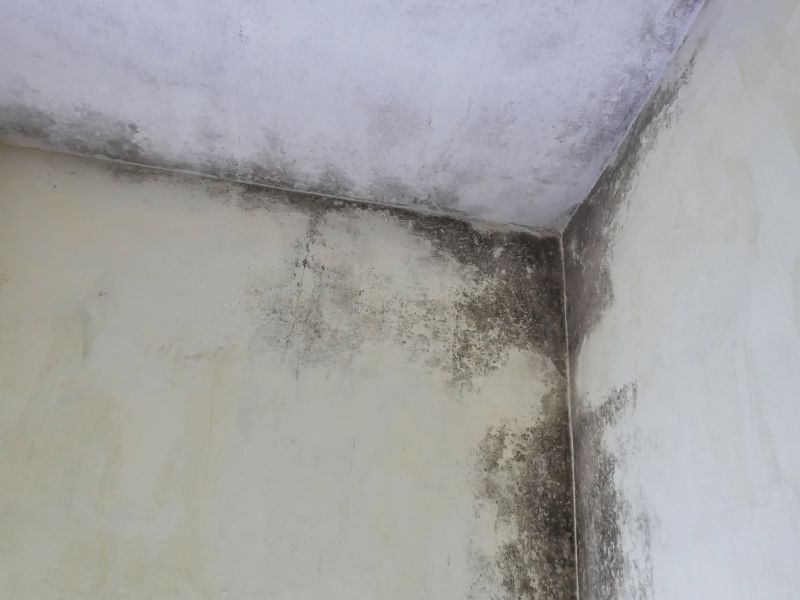
Following heavy rains or flooding, immediate abatement is recommended to prevent mold spread and health risks.
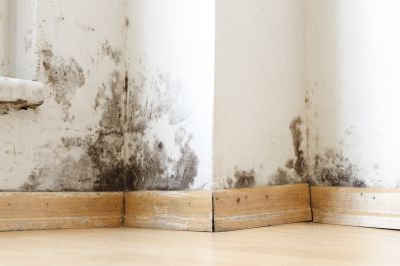
Ways to make Black Mold Abatements work in tight or awkward layouts.
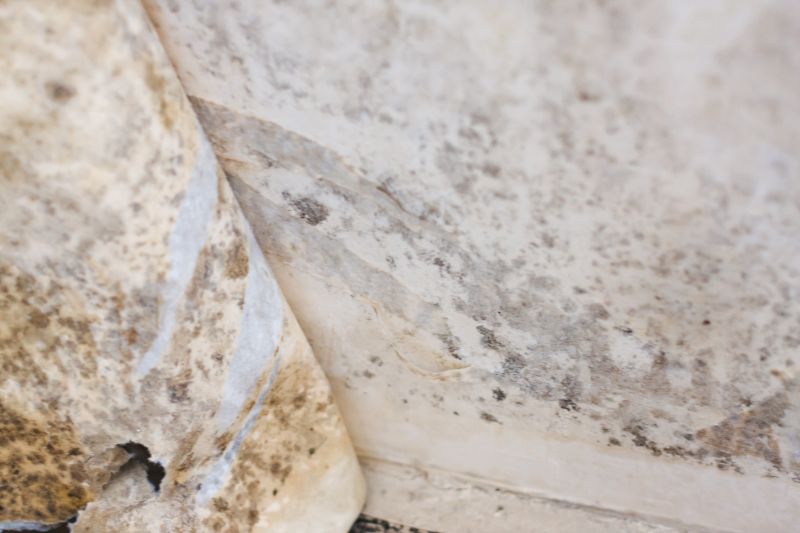
Popular materials for Black Mold Abatements and why they hold up over time.
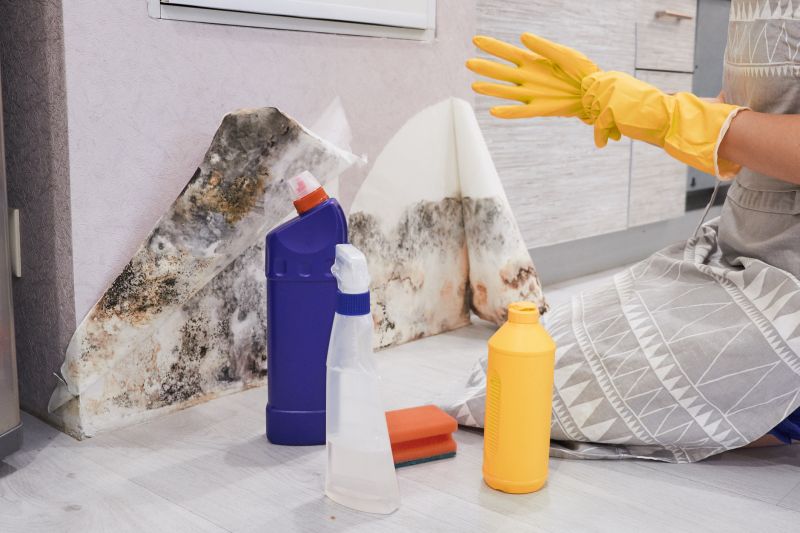
Simple add-ons that improve Black Mold Abatements without blowing the budget.

High-end options that actually feel worth it for Black Mold Abatements.

Finishes and colors that play nicely with Black Mold Abatements.
The best time for black mold abatement is during periods of lower humidity, typically in late fall or winter, when mold growth slows.
Temperature and moisture levels significantly influence mold growth, making seasonal timing important for effective remediation.
Conducting mold abatement proactively before peak humidity seasons can reduce the risk of extensive growth.
Regular inspections during dry seasons help identify and address mold issues early, preventing larger infestations.
| Season | Recommended Action |
|---|---|
| Spring | Monitor indoor humidity; plan inspections. |
| Summer | Address high humidity issues; schedule abatement if needed. |
| Fall | Perform mold inspections; prepare for dry season. |
| Winter | Conduct preventive abatement; focus on indoor ventilation. |
| Post-flooding | Immediate mold removal to prevent growth. |
Black mold abatement involves removing mold infestations to prevent health issues and property damage. Mold spores can become airborne during remediation, posing health risks, especially for sensitive individuals. Effective abatement requires identifying moisture sources, controlling humidity, and removing contaminated materials. Statistics indicate that mold-related health complaints have increased significantly, emphasizing the importance of timely intervention. Properly timed abatement can reduce the risk of mold spreading and minimize long-term damage to structures.
Environmental conditions such as temperature, humidity, and ventilation influence mold growth rates. Conducting mold abatement during periods of lower humidity enhances effectiveness and reduces the likelihood of recurrence. Regular inspections and prompt treatment after weather events or leaks are essential components of mold management strategies. Proper timing, combined with thorough remediation techniques, ensures healthier indoor environments and preserves property value.
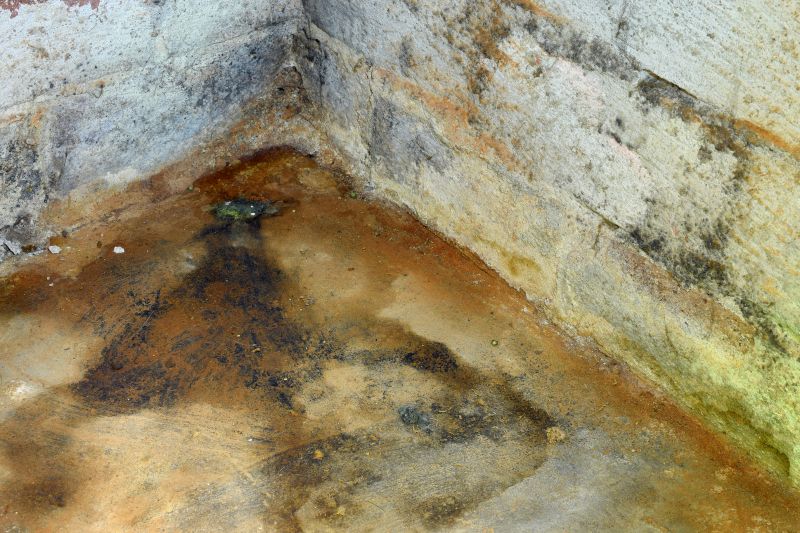
Basements are common sites for mold growth due to dampness and poor ventilation.
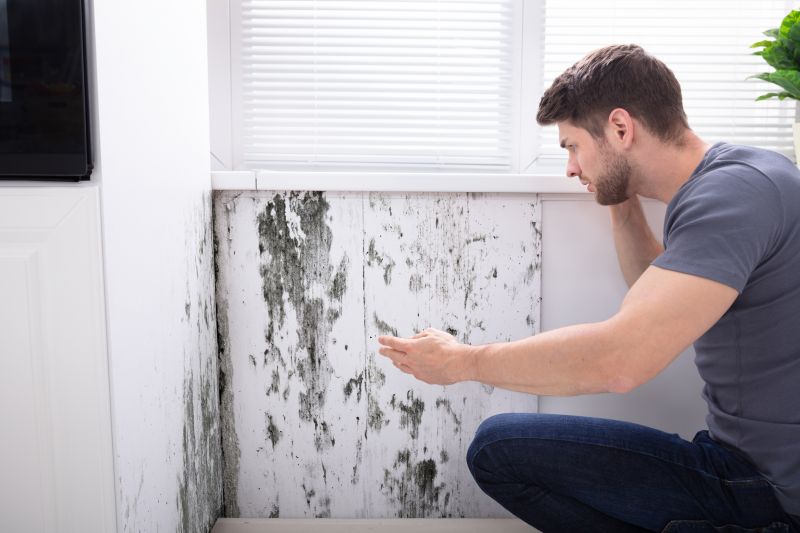
Attics with leaks and inadequate insulation are prone to mold development.
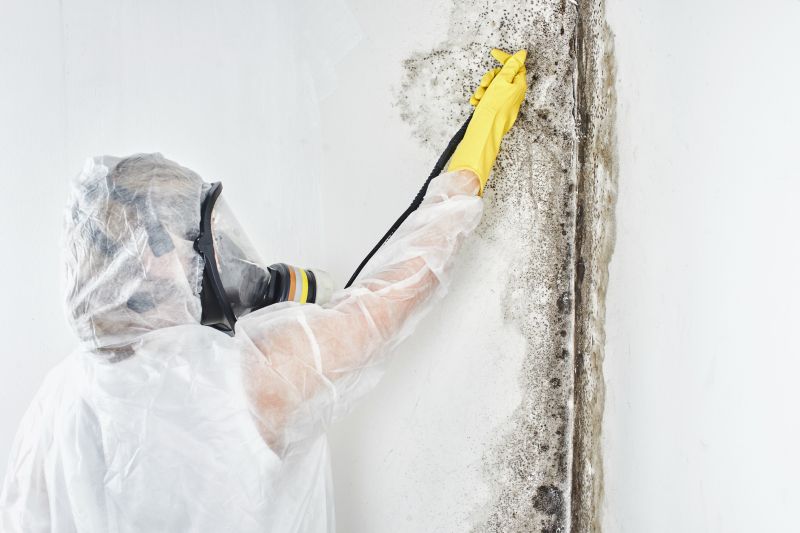
Flooded areas require immediate mold remediation to prevent health risks.
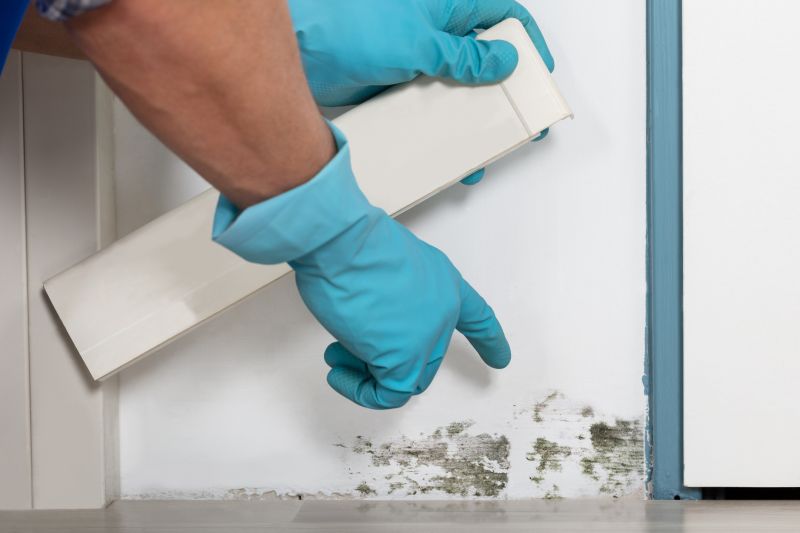
Crawl spaces often harbor mold due to moisture accumulation and limited airflow.

Little measurements that prevent headaches on Black Mold Abatements day.

A 60-second routine that keeps Black Mold Abatements looking new.
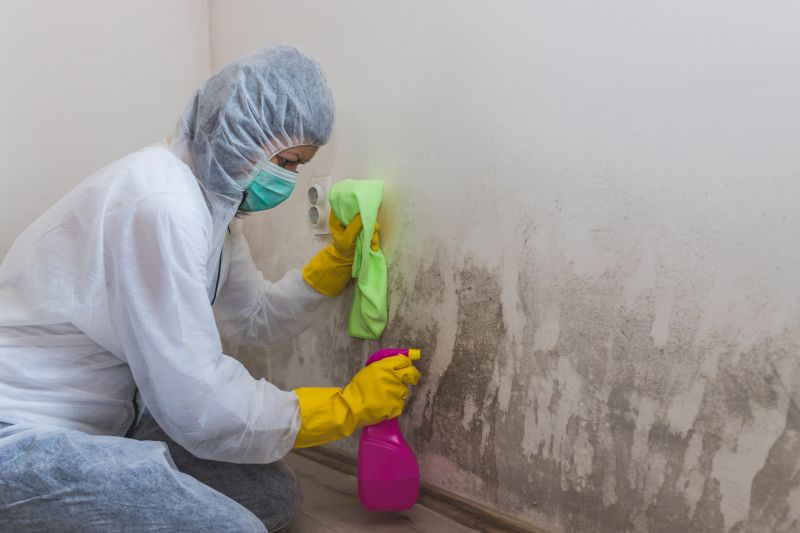
A frequent mistake in Black Mold Abatements and how to dodge it.
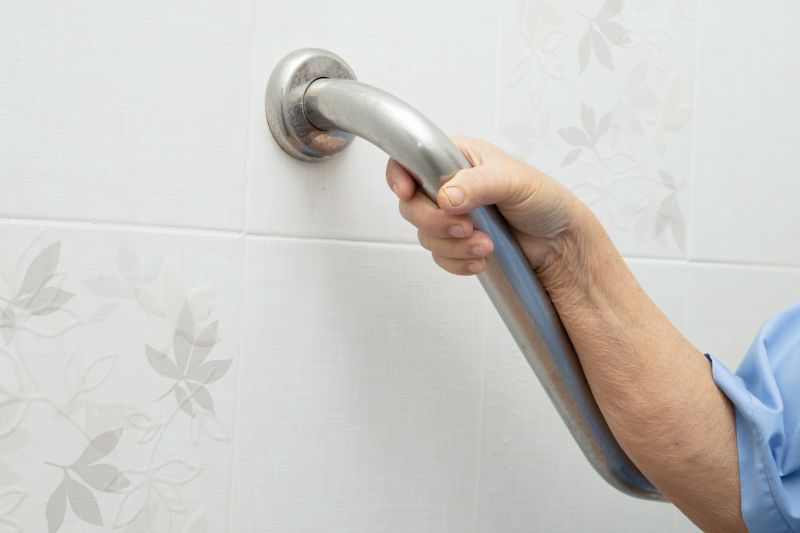
Small tweaks to make Black Mold Abatements safer and easier to use.
Interested parties are encouraged to contact for more information about scheduling mold abatement services. Proper timing and proactive measures can significantly reduce health risks and property damage associated with black mold growth.
